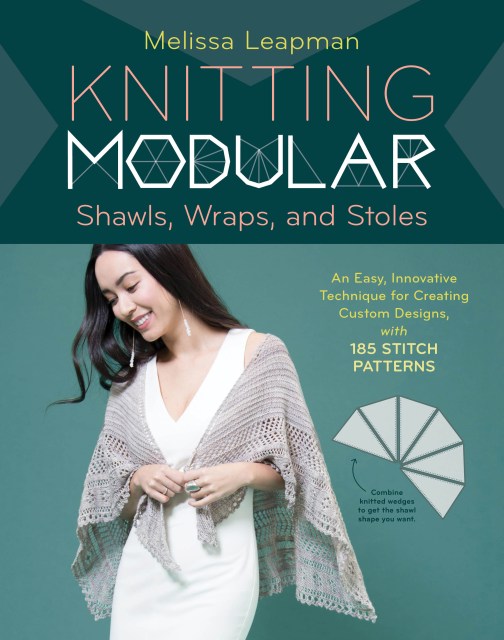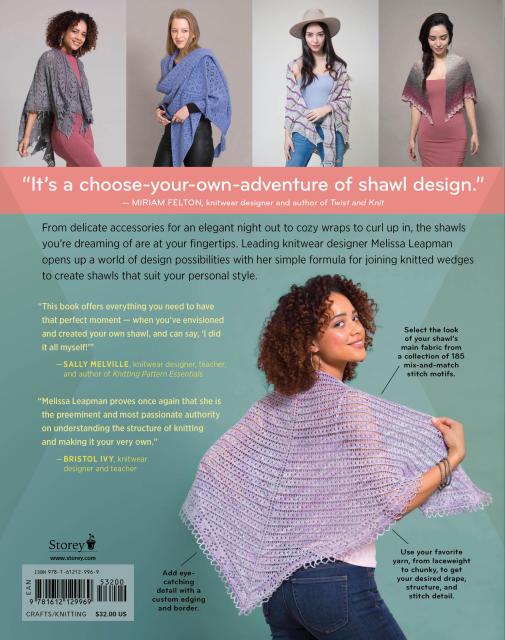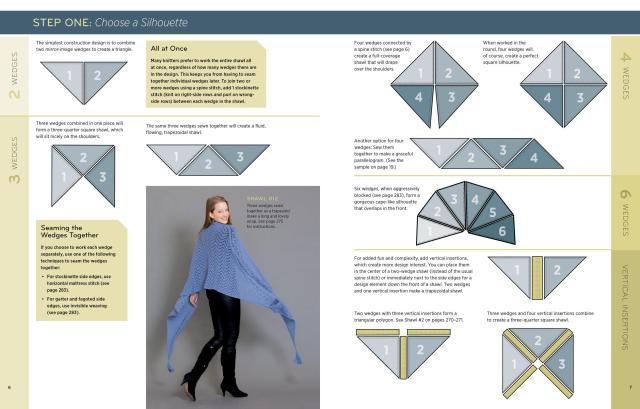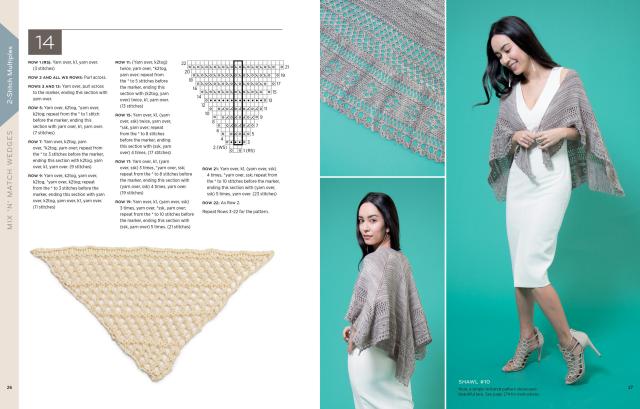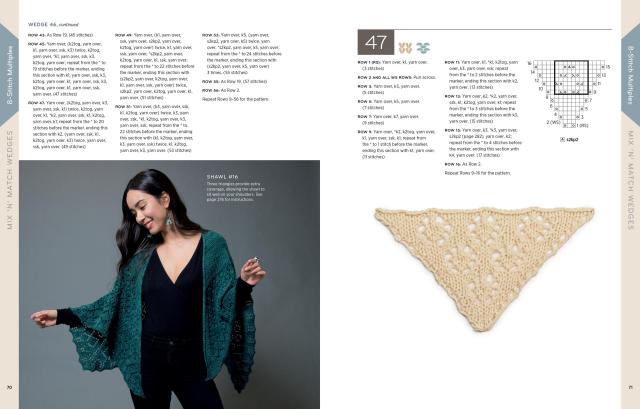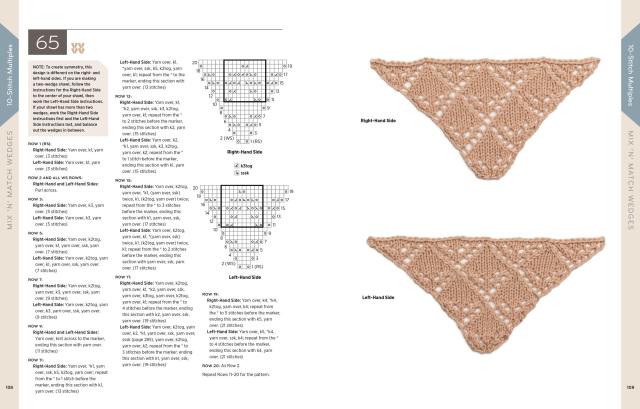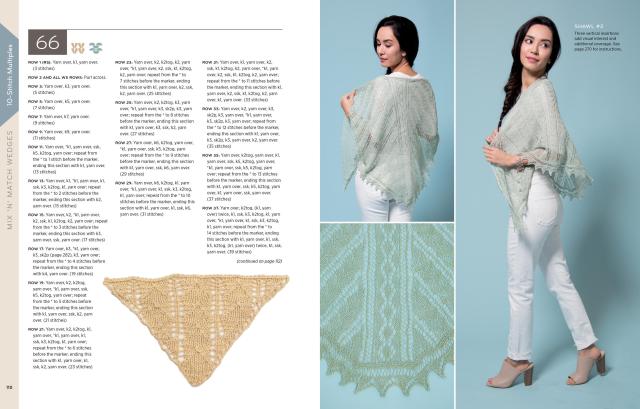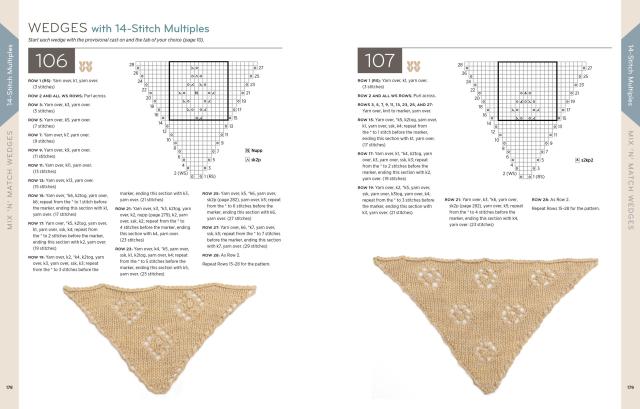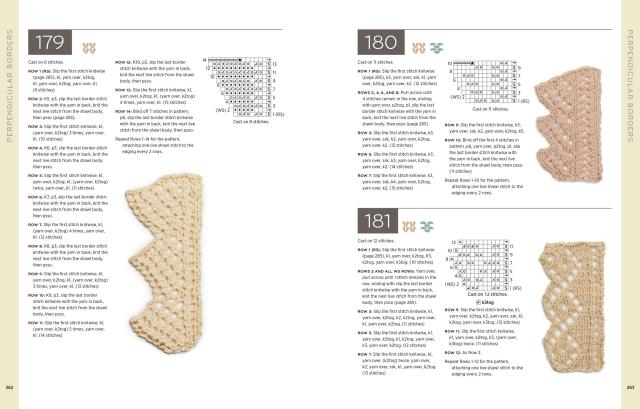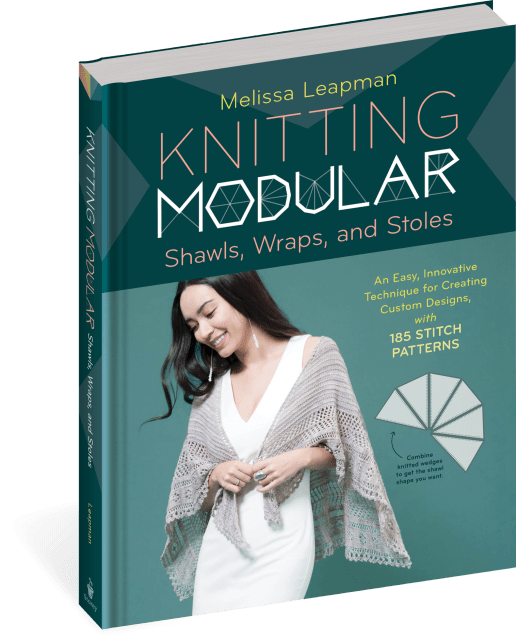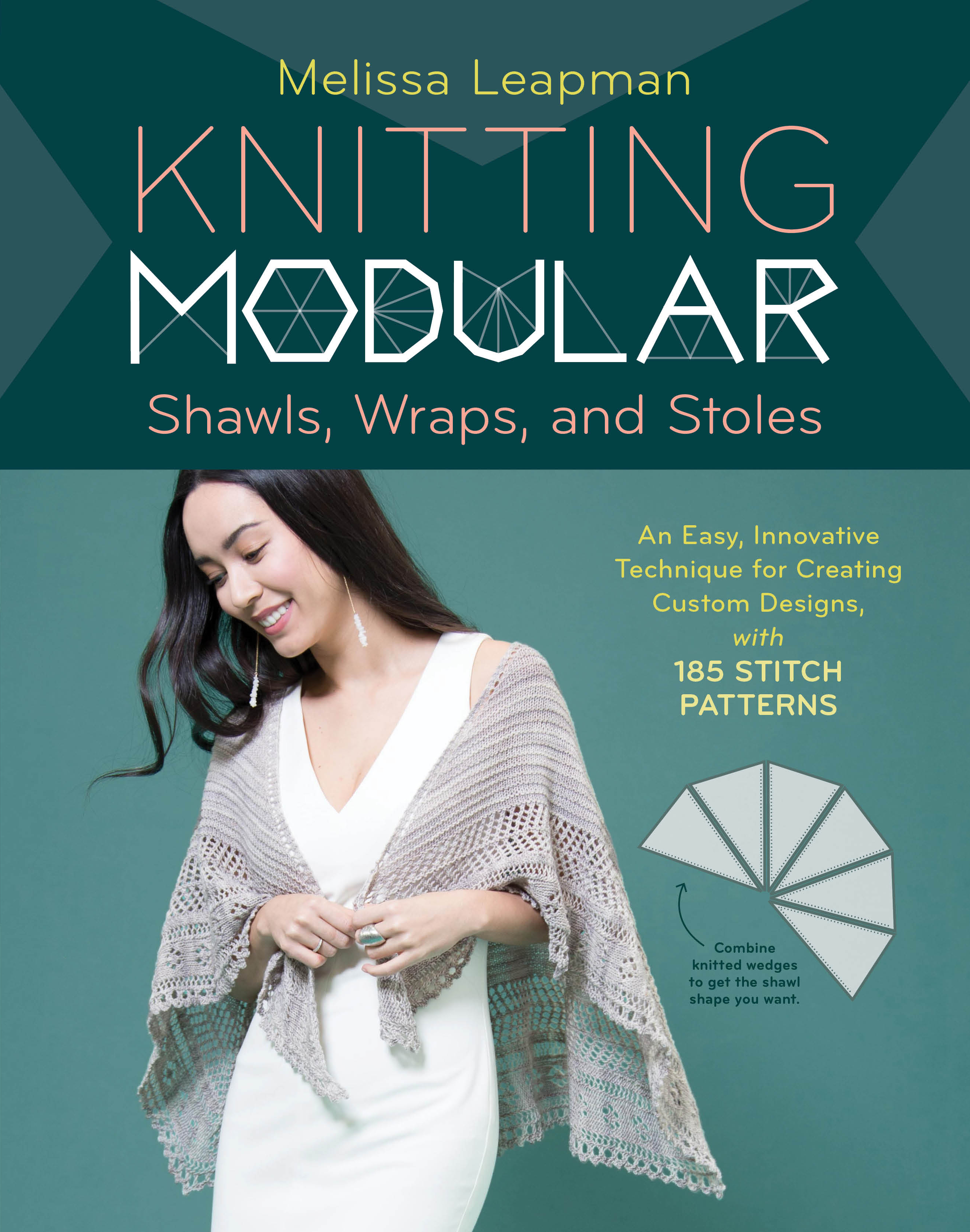Promotion
Use code MOM24 for 20% off site wide + free shipping over $45
Knitting Modular Shawls, Wraps, and Stoles
An Easy, Innovative Technique for Creating Custom Designs, with 185 Stitch Patterns
Contributors
Formats and Prices
Price
$32.00Price
$43.00 CADFormat
Format:
- Hardcover $32.00 $43.00 CAD
- ebook $15.99 $20.99 CAD
This item is a preorder. Your payment method will be charged immediately, and the product is expected to ship on or around December 25, 2018. This date is subject to change due to shipping delays beyond our control.
Also available from:
Shawls are practical, versatile, and an ever-popular project among knitters. Noted designer Melissa Leapman has developed an innovative technique that promises hundreds of beautiful shawl design options in Knitting Modular Shawls, Wraps, and Stoles!
Beginning with a simple triangular wedge, Leapman shows how multiple knit triangles can be joined together to create square, rectangular, trapezoidal, and semicircular shapes. Her easy and customizable technique offers knitters of all levels endless flexibility in design and yarn choices. Charted patterns for 185 different stitches allow readers to select their favorite embellishment for the main fabric of their shawl. Colorful photographs of 20 of Leapman’s original designs illustrate the creative potential of this technique.
Beginning with a simple triangular wedge, Leapman shows how multiple knit triangles can be joined together to create square, rectangular, trapezoidal, and semicircular shapes. Her easy and customizable technique offers knitters of all levels endless flexibility in design and yarn choices. Charted patterns for 185 different stitches allow readers to select their favorite embellishment for the main fabric of their shawl. Colorful photographs of 20 of Leapman’s original designs illustrate the creative potential of this technique.
Genre:
- On Sale
- Dec 25, 2018
- Page Count
- 288 pages
- Publisher
- Storey
- ISBN-13
- 9781612129969
Newsletter Signup
By clicking ‘Sign Up,’ I acknowledge that I have read and agree to Hachette Book Group’s Privacy Policy and Terms of Use
